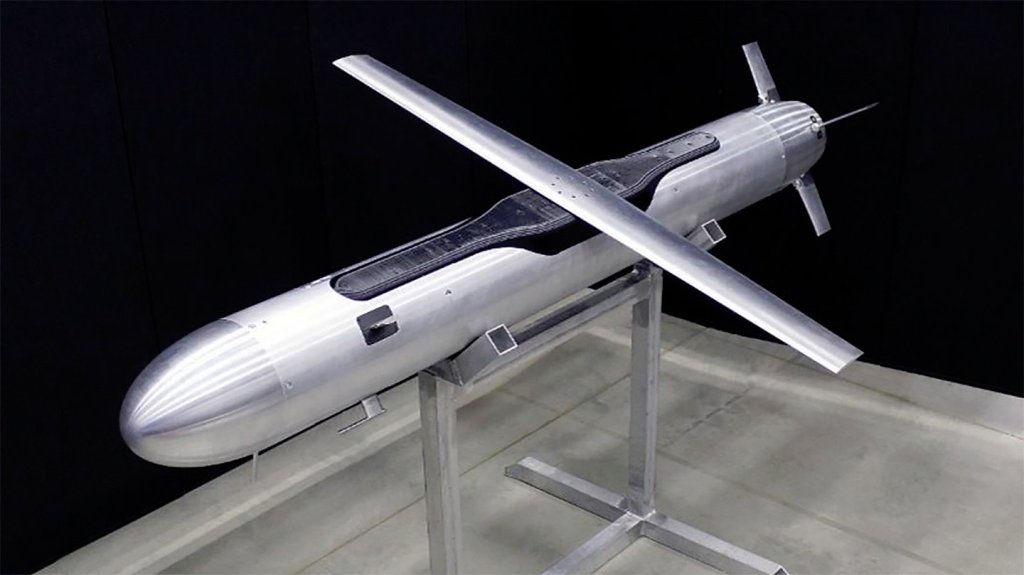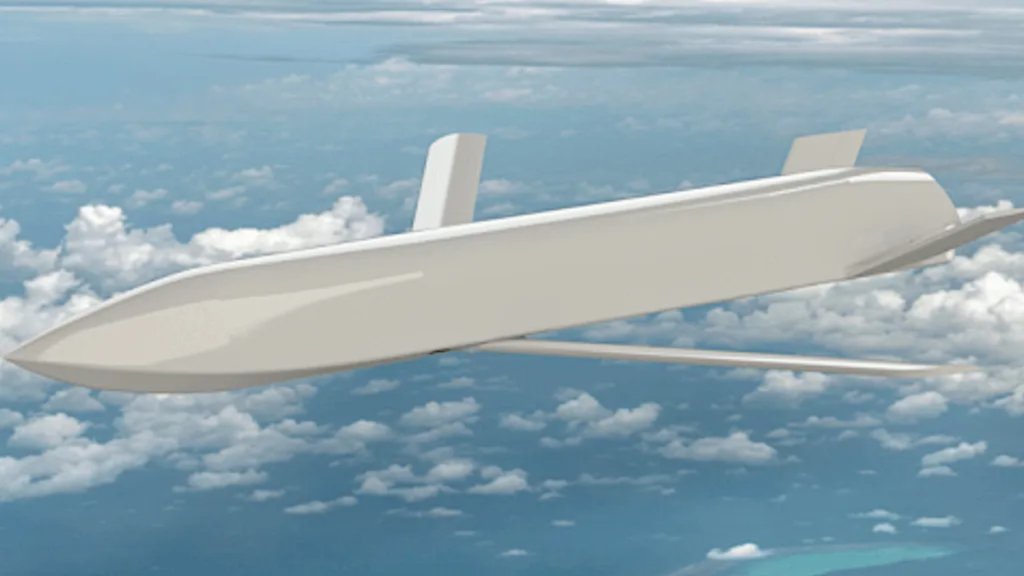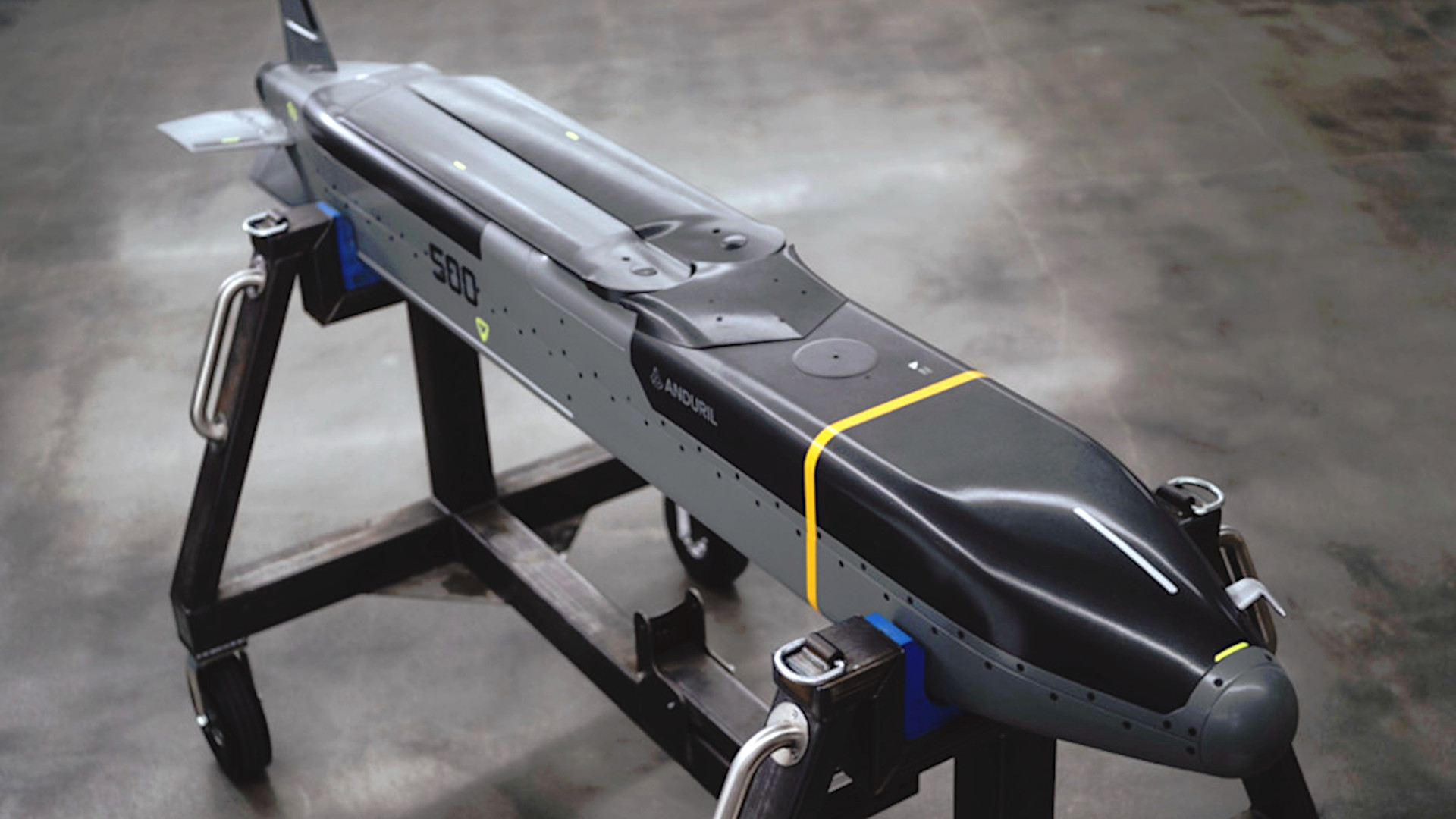The U.S. Air Force is accelerating work on low-cost air vehicles that could evolve into relatively cheap cruise missiles, and it plans to scale up production of selected designs, with the help of the Pentagon’s Replicator initiative. Demand across the U.S. military for more stand-off munitions, and less expensive ones that can be produced faster, is only growing, especially amid planning for future high-end conflicts, especially one against China in the Pacific.
The Pentagon announced yesterday that the Enterprise Test Vehicle (ETV) program, which the Air Force is running in cooperation with the Defense Innovation Unit (DIU), was among a second tranche of “capabilities” to get a boost through the Replicator initiative. The Pentagon first announced Replicator last year with the ambitious goal of helping to get thousands of new uncrewed platforms with high degrees of autonomy into the hands of U.S. forces by August 2025.

“The ETV’s modular design and open system architecture make it an ideal platform for program offices to test out new capabilities at the sub-system level, reducing risk, and demonstrating various options for weapon employment,” Air Force Gen. Jim Slife, the service’s Vice Chief of Staff, said in a statement accompanying the Replicator tranche 1.2 announcement. “We are excited to be a part of Replicator 1.2 and to increase the speed of the ETV effort.”
At present, four companies – Anduril Industries, Integrated Solutions for Systems, Inc., Leidos subsidiary Dynetics, and Zone 5 Technologies – are currently building prototypes for ETV with the expectation that all of them will be flight-tested. “Select ETV prototypes will be accelerated to scaled production,” according to the Pentagon’s Replicator 1.2 press release.

Back in June, DIU had said that “initial flight demonstrations will occur within seven months from the agreement award dates, after which one or multiple of the most promising prototypes will continue development toward a production variant capable of rapidly scalable manufacture.”
Details about the various ETV designs remain limited, with the exception of Anduril’s entry, which is a member of the company’s Barracuda family that was unveiled in September. The Barracuda-500 version that is involved in the ETV program has a stated payload capacity of up to 100 pounds and an expected air-launched maximum range of up to 500 miles.

You can read more about what is known about the other ETV designs here.
It’s also worth noting here that there has been some debate about whether the Air Force and DIU view the ETV designs are being more missile or drone-like at their core. The War Zone has highlighted in the past how the line between drones, especially longer-range kamikaze types, and cruise missiles, as well as decoys carrying electronic warfare payloads, is becoming more and more blurry. This is all now further underscored by the ETV program’s inclusion in the drone-centric Replicator initiative.

ETV’s selection to be part of Replicator 1.2 also highlights the effort’s very vocal focus on exploring new manufacturing techniques and expanding the available industrial base for stand-off munitions beyond large established prime contractors.
ETV presents a path “to expand our industrial base into non-traditional suppliers that perhaps have not historically been large-scale munitions producers,” Slife said in July. “If the manufacturing techniques we’re able to leverage pan out we’ll be able to take advantage of a bigger part of the American industrial base to produce munitions for us.”
Anduril is a particularly prime example of the greater attention that smaller or otherwise non-traditional companies are getting from America’s Armed Forces when it comes to missiles and other higher-end systems. Since its founding in 2017, the company has been steadily securing larger and larger U.S. military contracts for an increasingly wide variety of drones, loitering munitions, and other capabilities.
Two other Anduril products, the Altius-600M loitering munition and the Ghost-X drone helicopter, were also included in the Replicator 1.2 tranche by way of U.S. Marine Corps and U.S. Army programs, respectively. The Performance Drone Works C100 quadcopter and AeroVironment Switchblade 600 loitering munition were also named.

“Rapid acquisition, large-scale production, and mass employment of autonomous systems will fundamentally transform the way we deter or, if necessary, prevail in conflict,” Anduril said in a statement after the Replicator 1.2 announcement. “We look forward to continuing our work with the Office of the Secretary of Defense, the Defense Innovation Unit, the Services, and warfighters in support of the Replicator initiative, and remain committed to delivering capabilities at speeds and scale that matter.”
Other smaller companies are increasingly in the mix, too, especially when it comes to relatively cheap stand-off munitions. In August, powerful technology incubator Y Combinator notably announced its first foray into the defense sector with funding for start-up Ares Industries and its low-cost anti-ship cruise missile concept.
The U.S. military has a critical need now to increase its stand-off weapon stockpiles, and to have more options for replenishing them should a high-end fight break out, which only looks set to grow. Any large-scale conflict with China is expected to involve prosecuting tens of thousands of targets just in the opening stages. Ongoing crises in and around the Red Sea and elsewhere in the Middle East, as well as U.S. support for Ukraine, have already highlighted concerns about existing munitions stockpiles and the size of the existing industrial base to produce them.
What ETVs might get picked for scaled-up production remains to be seen, but the program is now set to push ahead faster thanks to Replicator.
Contact the author: joe@twz.com
